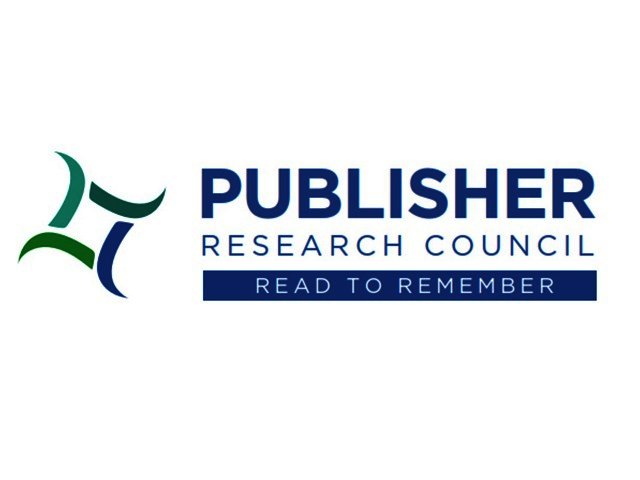VIEWING PAGE 1 OF 1
Conducted independently by Kantar TNS, the Media View survey, commissioned and funded by the PRC, is an evaluation of written word media engagement and research to determine the attitudes and perceptions that consumers have of media.
"In keeping with the PRC ethos, we conduct audience and efficacy research on behalf of our members. The Media View survey proves that print media creates quality engagement with consumers and can be used as an effective channel to deliver a return on investment," says Peter Langschmidt, consultant to the PRC.
This robust random quantitative study included a sample of 2 000 consumers, aged 15+, in the seven major urban areas of Johannesburg, Pretoria, Cape Town, Durban, East London, Port Elizabeth and Bloemfontein.
According to Alison Rice, Head of Brand & Communication at Kantar TNS, "The survey covered ‘engagement’ by including both behavioural (media consumption and attention, quality of attention and information source) and attitudinal variables like satisfaction, depth of information, media and advertising associations."
Questions included were largely derived from a comprehensive study conducted by Kantar Media overseas. In this work, they identified six clear strands of engagement and these formed the architecture of the framework for the Media View survey: relevance, trust in the specific media vehicle, mindset and attention given to the medium, perception by consumers that advertising is an integral part of the media experience, the medium prompts action and that the medium fulfils a need state.
Consumers that read are less distracted when reading newspapers or magazines. In fact, over 50% of newspaper readers, and a similarly high number of magazine readers, say they are focused when reading and aren’t doing any other activity simultaneously. "This 'Quality of Attention' is an important statistic for advertisers as there is more chance that consumers will pay attention to advertising and remember more as they’re less distracted," explains Langschmidt. Data shows that consumers are least focused when listening to the radio and seeing outdoor, in fact less than 1 in 5 are concentrating solely on each of these media types.
Metro consumers are "cross-consuming" over five media types on average, with 3 in 10 claiming to consume all the listed media (newspapers, magazines, TV, radio, OOH, internet and social media) on a monthly basis. Magazine readers however, claim the highest repertoire overall. The data also indicates high cross-usage between print media and internet/social media.
Consumers use newspapers (ranked in importance) for sales and deals, everyday item price comparisons, news, when looking for the best prices on electronics, cellphones and furniture, sport, information about expensive items to purchase and lifestyle information. Magazines on the other hand, are used primarily for lifestyle information, prices on electronics, cellphones and furniture, information about expensive items to purchase, sales and deals, and everyday item price comparisons.
Attitudinal perceptions show us that consumers feel that newspapers are known for (in order of ranking) providing information that is believable, being trusted to provide reliable information, being able to remember things from them, making one better informed and being the best way to learn and remember. Consumers also perceive that magazines are a medium that enables them to remember things from them, provides an environment for learning and remembering, offers information that is believable, provides a good variety of content, gives an opportunity to engage on one’s own time and pace and makes them think and be inspired.
According to Langschmidt, "print media’s relative differentiation sits in a territory related to reliable information, learning and recall. Aligned with this, advertising in print media, including inserts, uniquely occupies the territory of specific information provision and call to action benefits."
In both perceptual batteries of the Media View research, print media and broadcast media fall into opposing territories, as they are fulfilling different need states. This lends itself to complementary and synergistic media planning with TV filling the entertainment and awareness need and Print providing the requisite decision making information. This has proven to increase advertising recall and hence increase ROI.
This fact was proved by BrandScience and their analysis of 500 European cases studies. When it came to FMCG, TV’s Return on Investment (ROI) increased by 61% when used in combination with print advertising.
"Newspapers are the second media source behind TV for many topics of information, particularly for pricing and store locations; similarly, inserts and pamphlets are seen as the top media (behind TV’s halo) for price comparisons and are differentiated by prompting a call to action," concludes Langschmidt. "Consumers have come to rely on these information vehicles as critically important sources for purchase decisions."





